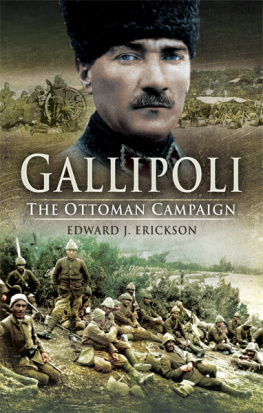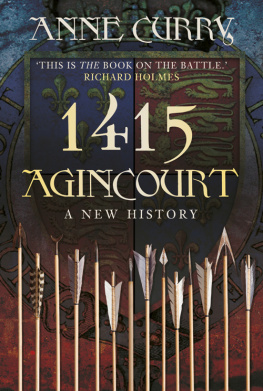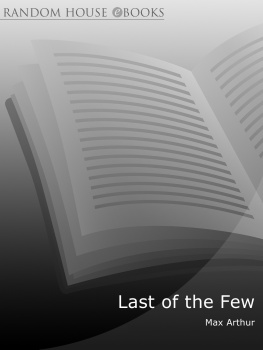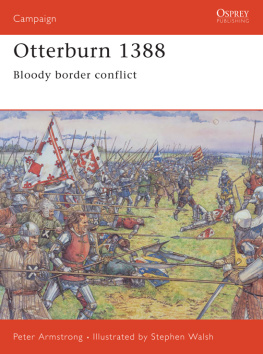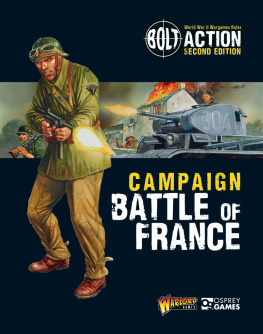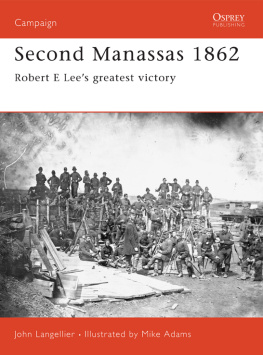Bowlus - The Battle of Lechfeld and Its Aftermath, August 955
Here you can read online Bowlus - The Battle of Lechfeld and Its Aftermath, August 955 full text of the book (entire story) in english for free. Download pdf and epub, get meaning, cover and reviews about this ebook. year: 2014, publisher: TaylorFrancis, genre: History. Description of the work, (preface) as well as reviews are available. Best literature library LitArk.com created for fans of good reading and offers a wide selection of genres:
Romance novel
Science fiction
Adventure
Detective
Science
History
Home and family
Prose
Art
Politics
Computer
Non-fiction
Religion
Business
Children
Humor
Choose a favorite category and find really read worthwhile books. Enjoy immersion in the world of imagination, feel the emotions of the characters or learn something new for yourself, make an fascinating discovery.

The Battle of Lechfeld and Its Aftermath, August 955: summary, description and annotation
We offer to read an annotation, description, summary or preface (depends on what the author of the book "The Battle of Lechfeld and Its Aftermath, August 955" wrote himself). If you haven't found the necessary information about the book — write in the comments, we will try to find it.
Bowlus: author's other books
Who wrote The Battle of Lechfeld and Its Aftermath, August 955? Find out the surname, the name of the author of the book and a list of all author's works by series.
The Battle of Lechfeld and Its Aftermath, August 955 — read online for free the complete book (whole text) full work
Below is the text of the book, divided by pages. System saving the place of the last page read, allows you to conveniently read the book "The Battle of Lechfeld and Its Aftermath, August 955" online for free, without having to search again every time where you left off. Put a bookmark, and you can go to the page where you finished reading at any time.
Font size:
Interval:
Bookmark:
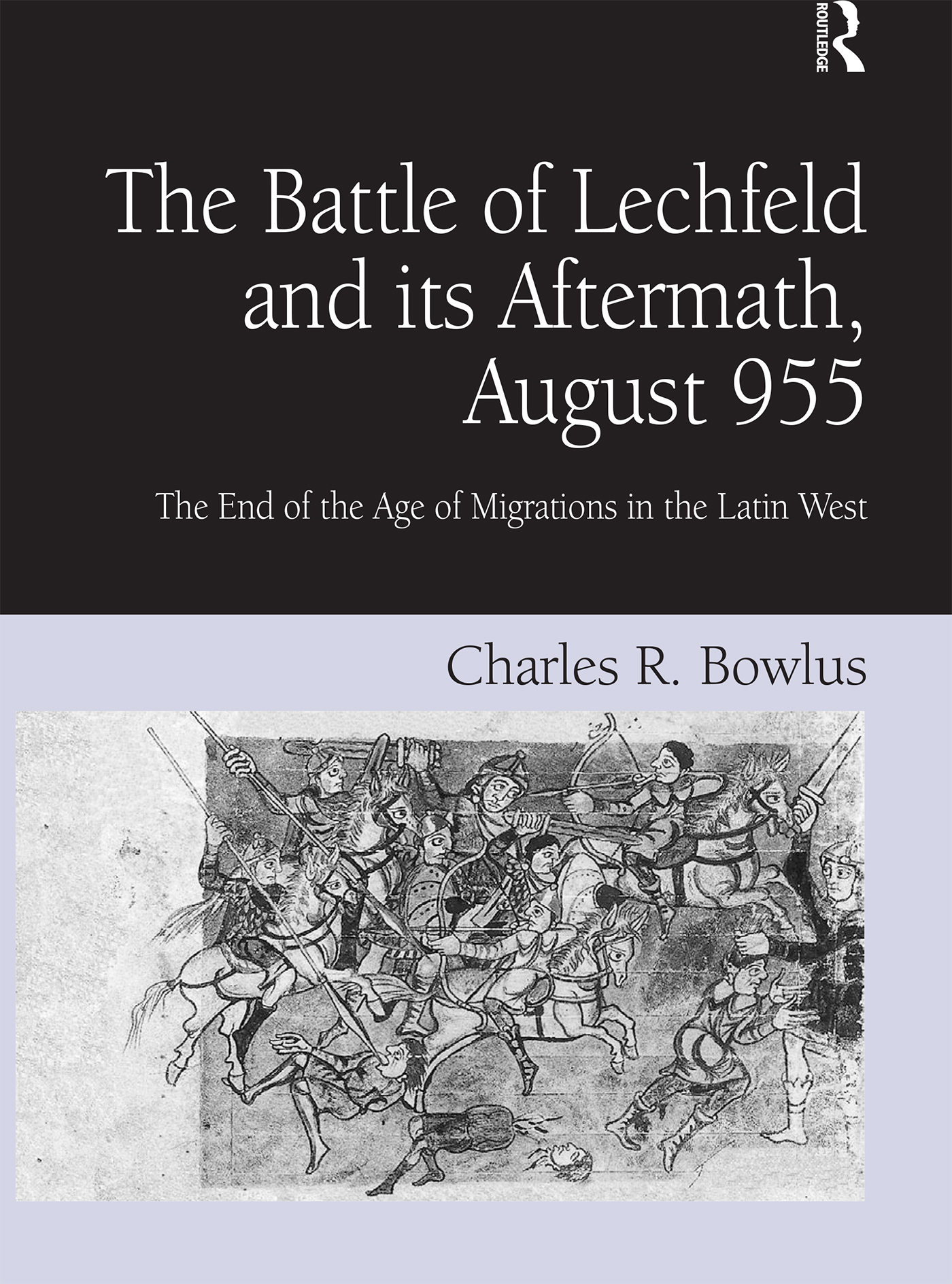
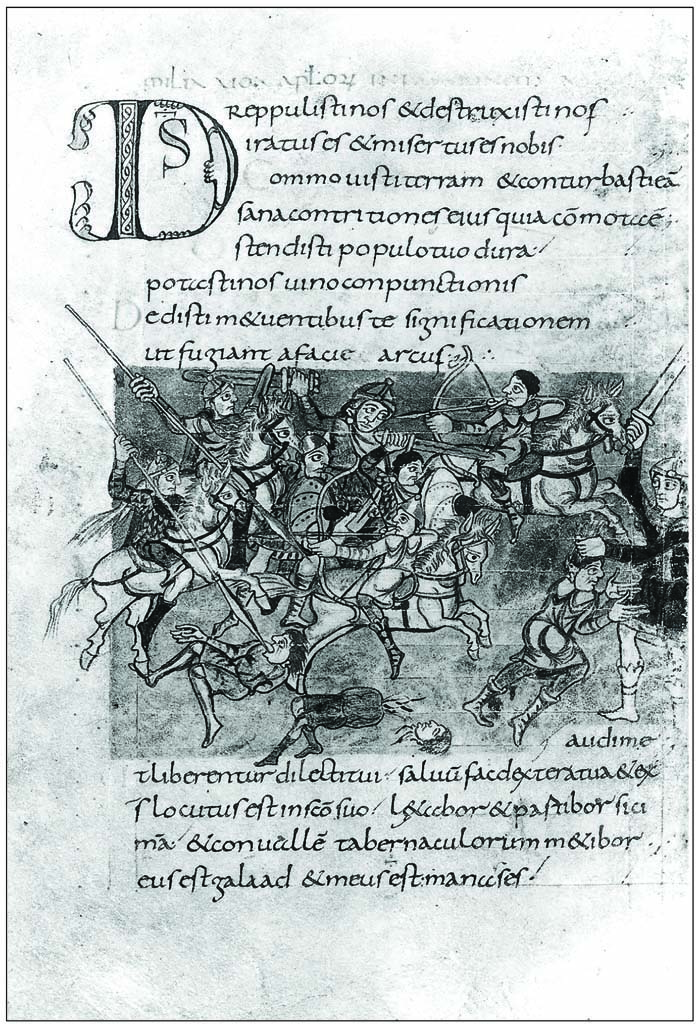
Heavy cavalry attacking mounted archers
Reproduced with permission by Wurttembergische Landesbibliothek, Stuttgart, Germany
First published 2006 by Ashgate Publishing
Published 2016 by Routledge
2 Park Square, Milton Park, Abingdon, Oxon OX14 4RN
711 Third Avenue, New York, NY 10017, USA
Routledge is an imprint of the Taylor & Francis Group, an informa business
Copyright 2006 Charles R. Bowlus
Charles R. Bowlus has asserted his moral right under the Copyright, Designs and Patents Act, 1988, to be identified as the author of this work.
All rights reserved. No part of this book may be reprinted or reproduced or utilised in any form or by any electronic, mechanical, or other means, now known or hereafter invented, including photocopying and recording, or in any information storage or retrieval system, without permission in writing from the publishers.
Notice:
Product or corporate names may be trademarks or registered trademarks, and are used only for identification and explanation without intent to infringe.
British Library Cataloguing in Publication Data
Bowlus, Charles R.
The Battle of Lechfeld and its aftermath, August 955: the
end of the age of migrations in the Latin West
1. Lechfeld, Battle of, Germany, 955
I. Title
943.022
Library of Congress Cataloging-in-Publication Data
Bowlus, Charles R.
The battle of Lechfeld and its aftermath, August 955 : the end of the age of migrations in the Latin west / Charles R. Bowlus.
p. cm.
ISBN 0-7546-5470-2 (alk. paper)
1. Lechfeld, Battle of, Germany, 955. 2. Germany--History, Military. 3. Hungary--History, Military. 4. Military history, Medieval. I.
Title.
DD102.5.B69 2006
943.022--dc22
2005020532
ISBN: 978-1-351-89416-6 (ebk)
Typeset by Bournemouth Colour Press, Parkstone, Poole.
To Barbara
Cordelia and Jazz
Christopher and Carrie
This book has had a long period of gestation. In 1968 A. R. Lewis first raised the question in my mind: why was the Latin West virtually free from the incursions of Inner Asian nomads during the High Middle Ages, an era when other advanced Afro-Eurasian societies were struggling to keep raiders from the steppes and deserts at bay? Although this volume does not answer this broader question, it does attempt to explain why predatory nomadic societies were relatively unsuccessful on the eastern frontier of the Latin West by taking a close look at the Hungarians, who, discounting brief incursions by the Mongols, were the last interlopers from the steppes into medieval Europe. These mounted archers followed in the hoofprints of Huns and Avars to settle in about 900 in the Carpathian Basin, which, I thought at that time, should have been an ideal ecology for a confederation of warriors who had already honed their predatory skills on the steppe lands adjacent to the Black Sea. Yet the Hungarian incursions into the Latin West ended abruptly on 10 August 955. I asked myself why.
At the time when I began thinking about this problem, some scholars were already challenging conventional notions concerning the impact of the Hungarians on the West. Foremost among these were Szabolcs de Vajay, Thomas von Bogyay and Gina Fasoli, who demonstrated convincingly that incursions into Europe on the part of predatory nomads were not as serious as had been believed and that their activities must be understood in the context of the military and political situation in Europe at the end of the ninth and beginning of the tenth centuries. Meanwhile Denis Sinor and, slightly later, Rudi Paul Lindner were developing the thesis that the ecosystem of the Carpathian Basin was really too small to support a nomadic superpower such as the Mongols put together on the much larger steppes of Inner Asia. Moreover, they maintained that Hungarians, like Huns and Avars before them, had to change their style of warfare almost immediately after settling on the fringes of the Latin West. At about the same time, from the European vantage point, Karl Leyser published two path-breaking articles in which he argued the heavily armed and armored warriors of the West were not really inferior to the mounted archers who seemed so formidable in the narratives of the tenth century.
By the mid-1970s at the latest I had come to the conclusion that one of the questions that Lewis had raised could be easily answered: the Latin West did not live under the permanent threat of incursions of predatory nomads during the High Middle Ages because the Carpathian Basin was an inadequate base from which to operate. Moreover, to compete successfully with western armies the Magyars had to change their style of warfare completely, and in the process their entire way of life was ineluctably transformed from one of nomadic predators to a society that practiced a mix of agriculture and husbandry.
While I continued to think about questions involving the settlement of nomads on the fringes of Latin Christendom and tried to keep abreast of the scholarly literature on this topic, this theme did not develop into a major interest of mine until 1993 when I began to focus on the so-called battle of Lechfeld in 955 as a means of illustrating why I thought that Hungarian mounted archers were ill equipped to deal with the army that King Otto I had hastily cobbled together against them. The occasion was a GermanAmerican historical symposium at Notre Dame University. I was asked to comment on a paper presented by Johannes Fried, who argued that Otto was an incompetent commander. The king only managed to win this encounter because the fortunes of the battlefield (Schlachtenglck) were with him on that day. Fried asserted that Otto committed a potentially fatal error when he allowed a Magyar contingent to slip behind his marching column, to encirle it and to attack his forces from the rear. I disagreed, pointing out that some recent scholars had made the case that it was Magyar commanders (not Otto) who were incompetent in their conduct of this expedition. I cited contemporary evidence (noted by Bogyay) that the Magyar attempt to envelop the German army failed because the attackers stopped to pillage the baggage train rather than rolling up the column as their ancestors (according to the Byzantine emperor Leo VI) would have done. Furthermore I referred to Leysers argument that it was the Hungarians who made the fatal command decision that determined the outcome of the contest when they elected to stand their ground and fight in close quarters against Ottonian heavy cavalry rather than feigning retreat and drawing their less agile opponents into traps and ambushes. Finally I insisted that if there was luck involved in Ottos triumph, it came in the form of heavy, late summer rains which caused massive flooding, cutting the Magyars off from the safety of the Carpathian Basin and making them vulnerable to assaults by armed men operating from numerous fortresses in their rear. Of course I also pointed out that while the heavy rains may have been a lucky coincidence, the positioning of armed men in forts guarding river crossings was not the work of the goddess Fortuna. I argued that a defense-in-depth military organization had been developed in Germany by Ottonian rulers and that this system demonstrated the basic competence of the Ottonians in dealing with steppe warriors.
Thus a thesis was born. In 1994 I told Stefan Weinfurter, who invited me to lecture on this topic at the University of Mainz, that my ideas on this subject were already so clear and developed in my mind that I could have a book ready for publication in a matter of months. He was skeptical and rightly so. For more than a decade I have written articles, delivered papers at conferences and given guest lectures in Europe and North America but no book came forth until now. I have greatly modified some of the ideas that I expressed at the conference at Notre Dame in 1993 and completely rejected some others. Even now I am going to press with some reluctance, very much aware that the present study could still be fine-tuned and improved. I have been given very good advice by many friends and colleagues along the way. They are too numerous to mention. My family has supported me in many ways, although they are probably not aware how much that support has meant. My son Christopher and his wife Carrie understand horses and their nutritional requirements. Over the years I have tapped this well of information. Their willingness to share their knowledge with a historian has been a great help. My daughter Cordelia, whose geographic curiosity has taken her back and forth across Eurasia and North America, is always willing to discuss her truly catholic interests from history and politics to plants, animals and the human cultures that interact with them. Her knowledge, keen observations and enthusiasm continue to be an inspiration to me. Her husband, Michael Jasinski, who was an inspector and interpreter at Soviet ballistic missile sites after the end of the cold war, has given me much instruction on the behavior of matter in motion. Arrows propelled by composite bows are also ballistic missiles. Without his help the sections on archery in this book would have been impossible for me to write. Barbara, my wife, has been supportive as always. She cycled with me through Transdanubia in 1991 and a decade later we drove together across the broad steppes of Transylvania at the base of the Carpathian Mountains. Without her able assistance I could not have written this book. She is a severe but loving critic who has helped me a great deal in the production of numerous publications, including this one. I owe her much. It goes without saying that any errors in this book are mine alone.
Font size:
Interval:
Bookmark:
Similar books «The Battle of Lechfeld and Its Aftermath, August 955»
Look at similar books to The Battle of Lechfeld and Its Aftermath, August 955. We have selected literature similar in name and meaning in the hope of providing readers with more options to find new, interesting, not yet read works.
Discussion, reviews of the book The Battle of Lechfeld and Its Aftermath, August 955 and just readers' own opinions. Leave your comments, write what you think about the work, its meaning or the main characters. Specify what exactly you liked and what you didn't like, and why you think so.

